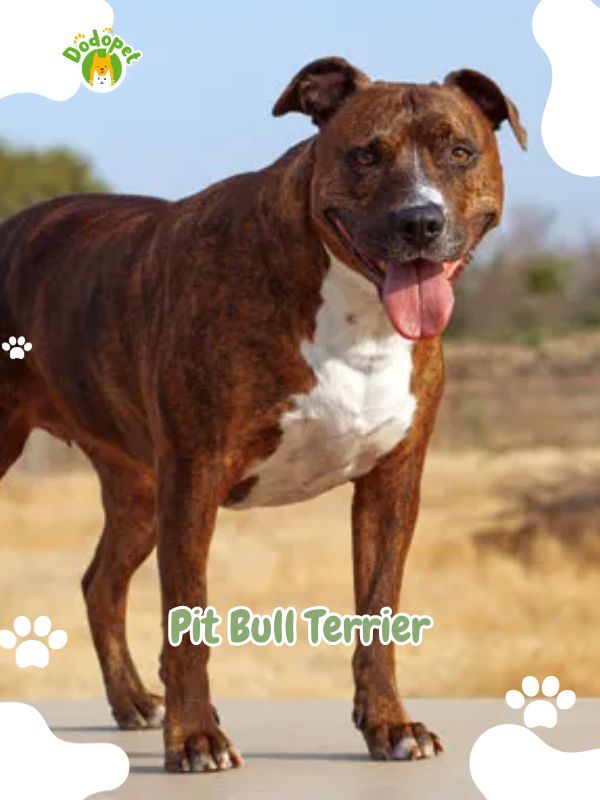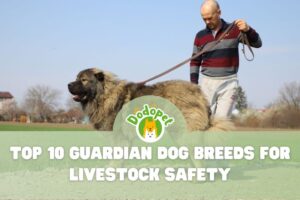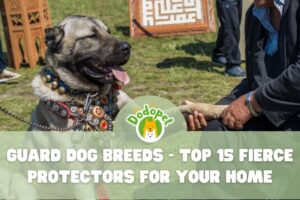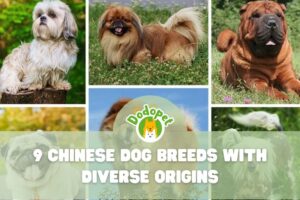Dog breeds vary in temperament, with some being more aggressive than others. It is important for potential dog owners to understand the risks and rewards associated with owning an aggressive breed. In this article, we will explore the top 10 most aggressive dog breeds in 2023 and discuss the potential risks and rewards of owning these breeds.
1. Pit Bull Terrier
The perception of Pit Bull Terriers as one of the most aggressive dog breeds is surrounded by controversy and misunderstanding. The term “Pit Bull” encompasses various breeds, such as the American Pit Bull Terrier, American Staffordshire Terrier, and Staffordshire Bull Terrier, contributing to misconceptions about their behavior.
Behavior and Misconceptions
The idea that Pit Bulls are inherently aggressive lacks scientific support. Experts argue that a dog’s behavior is shaped by genetics, environment, training, and socialization. It is inaccurate to generalize a specific breed as universally aggressive. When properly raised and socialized, Pit Bulls can be affectionate, loyal, and well-behaved companions, showcasing intelligence, strength, and versatility.
Historical Role and Versatility
Pit Bulls have historical roles as farm dogs, herders, and even nanny dogs due to their gentle nature with children. Their intelligence, strength, and athleticism make them versatile working dogs. Negative perceptions have arisen from media sensationalism, misinformation, and instances of irresponsible ownership, diverting attention from the breed’s positive traits and historical contributions.
Factors Contributing to Misunderstandings
Media sensationalism and irresponsible ownership have played a significant role in fostering negative perceptions of Pit Bulls. While dog aggression is not exclusive to any particular breed, the focus should be on individual temperament, upbringing, and training rather than unfairly stigmatizing specific breeds. Responsible ownership, positive training, and proper socialization are key factors in fostering well-behaved and friendly pets.
Promoting Responsible Ownership
To improve the image of Pit Bulls and other stigmatized breeds, promoting responsible ownership is crucial. Organizations advocating for fair treatment of all dog breeds emphasize the importance of dispelling myths and educating the public about responsible breeding practices. By shifting the narrative, we can encourage a more accurate understanding of these dogs and foster a positive and informed approach to canine companionship.
2. Rottweiler
The Rottweiler, often associated with strength and power, is another dog breed that has faced misconceptions regarding aggression. Similar to Pit Bulls, media portrayal and misinformation have contributed to a skewed perception of Rottweilers as one of the most aggressive breeds.
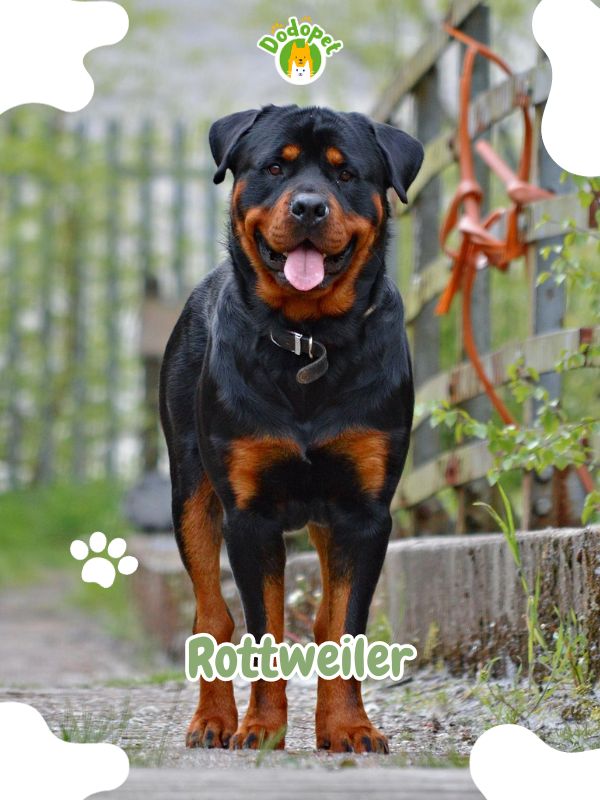
Rottweiler
Behavior and Temperament
Contrary to popular belief, aggression is not an inherent trait of Rottweilers. Like any other breed, their behavior is influenced by factors such as genetics, training, socialization, and responsible ownership. Well-raised and properly trained Rottweilers can be loyal, affectionate, and excellent family companions, showcasing their intelligence and versatility.
Historical Roles and Characteristics
Rottweilers have a history as working dogs, originally bred for tasks such as herding and guarding. Their loyalty and protective instincts make them effective guard dogs. Understanding the historical roles of Rottweilers provides insight into their characteristics and temperament when appropriately bred and trained.
Negative Perceptions and Media Influence
Similar to Pit Bulls, negative perceptions surrounding Rottweilers have been fueled by media sensationalism and instances of irresponsible ownership. Instances of aggression are often highlighted, overshadowing the many well-behaved and loving Rottweilers that exist as cherished family members around the world.
Individual Factors and Responsible Ownership
Focusing on individual temperament, upbringing, and responsible ownership is crucial when evaluating a Rottweiler’s behavior. Aggression in dogs is a complex trait, and generalizations based on breed alone are unfair and counterproductive. Responsible ownership practices, positive training, and socialization contribute significantly to fostering a well-mannered and balanced Rottweiler.
3. German Shepherd
The German Shepherd, renowned for its intelligence, versatility, and loyalty, is a dog breed that has consistently enjoyed a positive reputation. However, like any popular breed, misconceptions and stereotypes about aggression can still prevail. Understanding the true nature of German Shepherds is crucial to dispel unfounded beliefs.
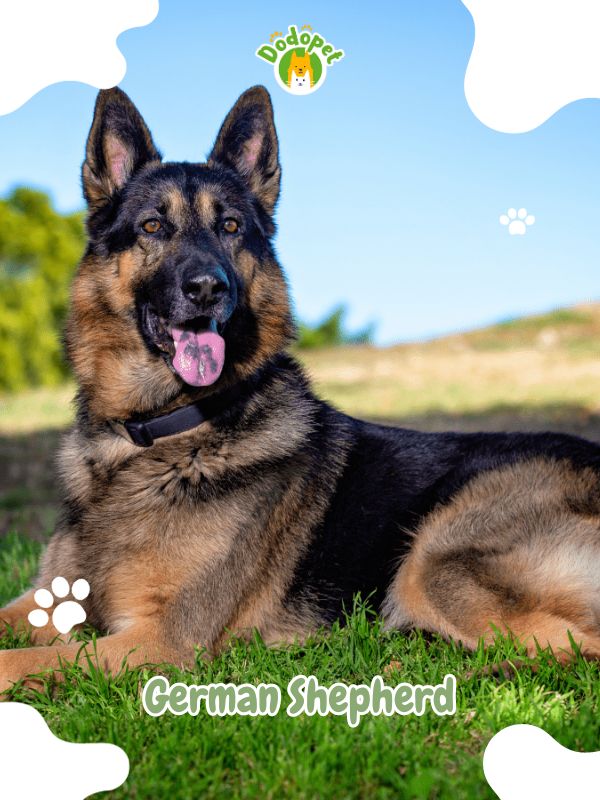
German Shepherd
Temperament and Trainability
German Shepherds are known for their balanced temperament, making them suitable for various roles, including police work, search and rescue, and as family pets. Their intelligence and eagerness to please make them highly trainable, and they often excel in obedience training and agility competitions.
Historical Roles and Versatility
Originally bred for herding, German Shepherds have demonstrated their versatility over the years. They have excelled in various tasks, from serving in military and police forces to being guide dogs and loyal family companions. Their adaptability and work ethic contribute to their positive reputation.
Media Representation and Misunderstandings
While German Shepherds are generally well-regarded, negative incidents and media sensationalism can sometimes contribute to misunderstandings. Isolated cases of aggression or irresponsible ownership can distort perceptions, overshadowing the breed’s overall positive qualities.
Individual Factors and Responsible Ownership
Just like any dog breed, individual temperament plays a significant role in a German Shepherd’s behavior. Proper socialization, training, and responsible ownership are crucial to ensuring a well-adjusted and friendly companion. A well-raised German Shepherd is more likely to exhibit the breed’s desirable traits, including loyalty, protectiveness, and a gentle nature.
4. Doberman Pinscher
The Doberman Pinscher, a breed known for its sleek appearance, intelligence, and loyalty, has, at times, been subject to misconceptions regarding aggression. Recognizing the true nature of Dobermans is essential to appreciating their positive qualities and dispelling unfounded beliefs.
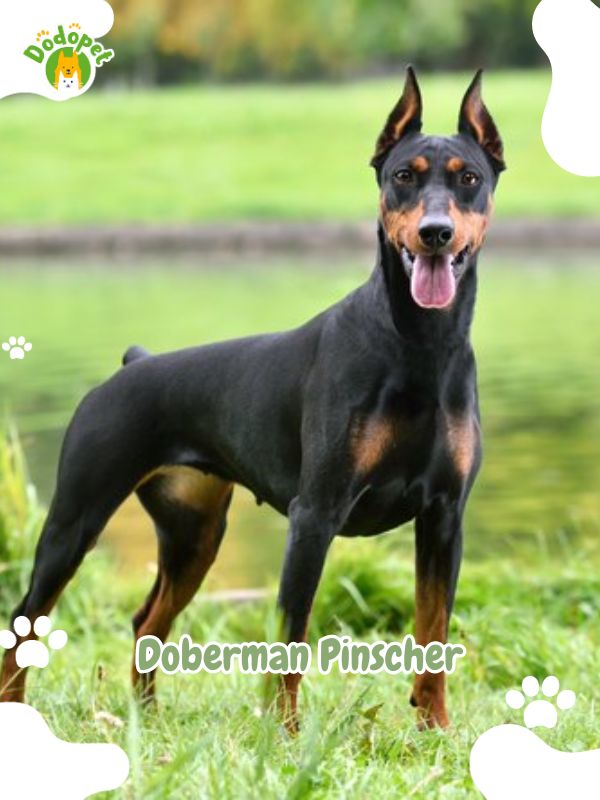
Doberman Pinscher
Temperament and Intelligence
Dobermans are celebrated for their alertness, intelligence, and trainability. Their loyalty to their families is a distinguishing trait, and they often form strong bonds with their owners. Their intelligence makes them versatile in various roles, including police work, search and rescue, and as reliable guardians.
Historical Roles and Characteristics
Originally bred by a German tax collector named Louis Dobermann, the breed was developed for protection and companionship. Dobermans have a history as reliable guard dogs and have proven their mettle in various tasks, reflecting their versatility and dedication to their human companions.
Media Influence and Misunderstandings
Negative perceptions surrounding Dobermans can be influenced by media portrayal, where instances of aggression may be sensationalized. However, responsible ownership and proper training play crucial roles in shaping a Doberman’s behavior, and many individuals of this breed are affectionate, gentle, and well-behaved.
Individual Factors and Responsible Ownership
Understanding that a dog’s behavior is influenced by individual temperament, upbringing, and environment is crucial when evaluating Dobermans. Responsible ownership practices, including socialization and positive reinforcement training, contribute significantly to fostering a well-mannered and confident Doberman.
5. Chow Chow
The Chow Chow, distinguished by its lion-like mane and unique appearance, is a breed that carries an air of mystery and independence. Despite its regal demeanor, the Chow Chow has sometimes been associated with misconceptions, particularly regarding its temperament. Understanding the true nature of this breed is crucial for fostering an accurate appreciation.
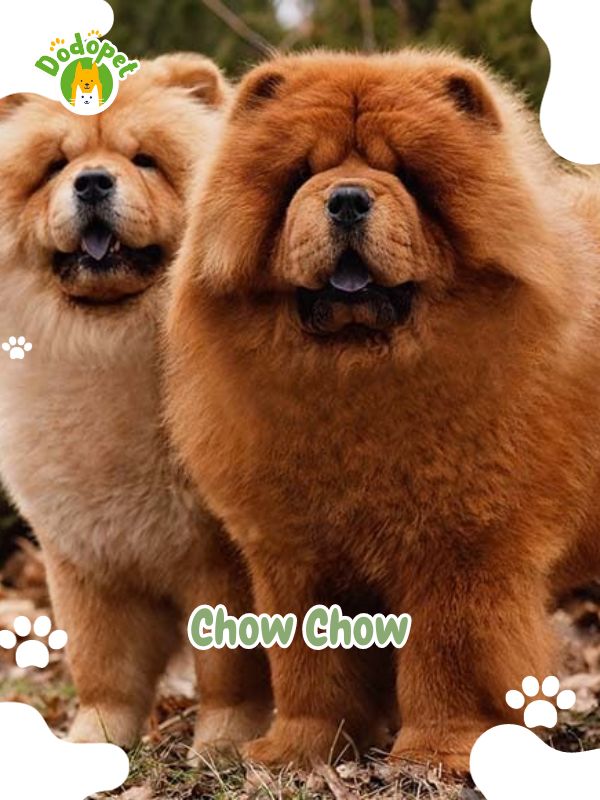
Chow Chow
Temperament and Independence
Chow Chows are known for their aloof and independent nature. While they are often loyal and devoted to their families, they may exhibit reserved behavior towards strangers. This independence, combined with their dignified demeanor, can be misconstrued as aloofness, leading to misunderstandings about their temperament.
Historical Roles and Characteristics
Originating from China, the Chow Chow has a rich history as a versatile working dog, involved in hunting, guarding, and pulling carts. Their distinctive appearance and unique blue-black tongue make them stand out. Recognizing the breed’s historical roles provides insight into their characteristics and behaviors.
Misconceptions and Stereotypes
Misconceptions about Chow Chows often stem from stereotypes surrounding their perceived aloofness or aggressiveness. While they may be reserved, proper socialization and positive training can bring out their more sociable and affectionate side. Responsible ownership plays a crucial role in nurturing a well-adjusted Chow Chow.
Individual Factors and Responsible Ownership
Understanding that a dog’s behavior is influenced by individual temperament, upbringing, and socialization is crucial when considering Chow Chows. Responsible ownership practices, including early and consistent socialization, positive reinforcement training, and providing mental stimulation, are essential for fostering a well-behaved and content Chow Chow.
6. Akita
The Akita, a majestic and powerful breed originating from Japan, is known for its dignified presence and unwavering loyalty. Despite its admirable qualities, misconceptions about the Akita’s temperament have surfaced over time. Understanding the true nature of this breed is essential for fostering appreciation and dispelling unfounded beliefs.
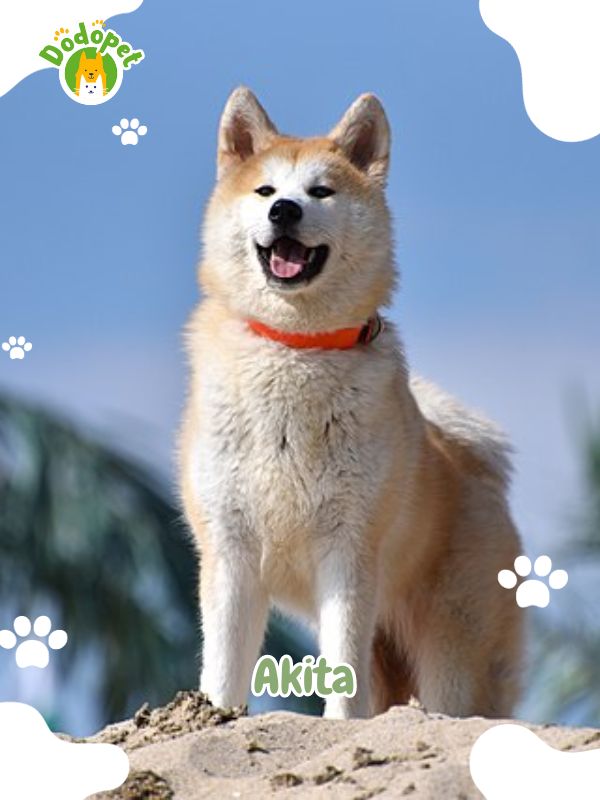
Akita
Temperament and Loyalty
Akitas are renowned for their loyalty and devotion to their families. They are often described as dignified, courageous, and affectionate. While they can be reserved with strangers, this characteristic stems from their natural protective instincts. Proper socialization and positive training can help bring out the best in their gentle and loyal nature.
Historical Roles and Characteristics
Originating as a hunting and guard dog in Japan, the Akita has a rich history steeped in tradition. Known for its strength and endurance, the breed has been revered for its courage and loyalty. Understanding the historical roles of Akitas provides context for their characteristics and behavior.
Misconceptions and Stereotypes
Misconceptions about Akitas may arise from stereotypes related to their protective nature. Some may perceive them as aloof or aggressive, especially towards other animals. However, responsible ownership and early socialization are crucial in shaping a well-mannered and balanced Akita. Not all individuals of the breed exhibit the same behavior, highlighting the importance of understanding each dog as an individual.
Individual Factors and Responsible Ownership
Acknowledging that a dog’s behavior is influenced by individual temperament, upbringing, and socialization is crucial when considering Akitas. Responsible ownership practices, including positive reinforcement training, early socialization with people and other animals, and providing mental stimulation, are essential for nurturing a well-adjusted Akita.
7. Dalmatian
The Dalmatian, renowned for its distinctive black or liver-colored spots on a white coat, has captured hearts and imaginations for generations. This breed is often associated with firehouses and movies, yet misconceptions about their temperament persist. Understanding the true nature of Dalmatians is crucial for fostering appreciation and dispelling unfounded beliefs.
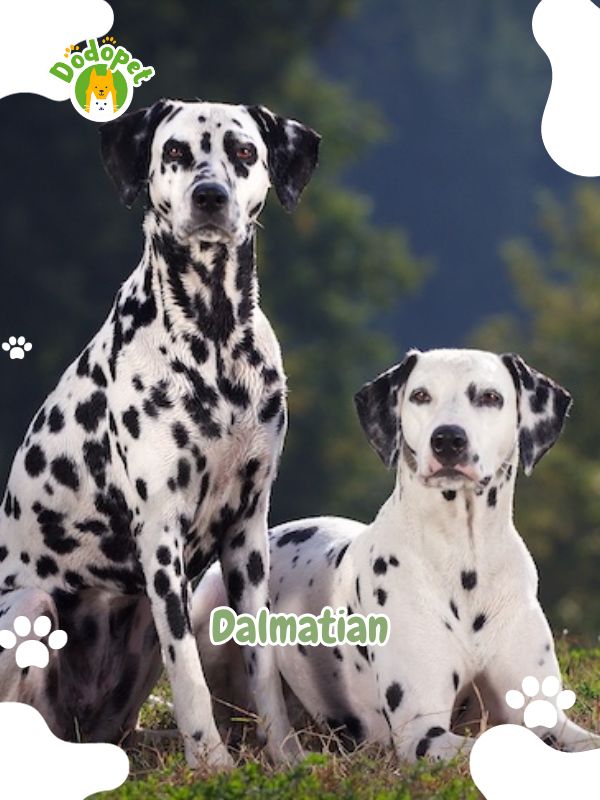
Dalmatian
Temperament and Energy
Dalmatians are known for their energetic and playful demeanor. They are characterized by intelligence, curiosity, and a friendly disposition. While their high energy levels make them lively companions, proper exercise and mental stimulation are essential to prevent boredom and channel their enthusiasm positively.
Historical Roles and Characteristics
Originally bred as carriage dogs and firehouse mascots, Dalmatians have a rich history of serving as guardians and companions. Their distinctive coat and unique appearance have made them iconic figures, and their versatility extends beyond aesthetics to their alertness and loyalty in various roles.
Misconceptions and Stereotypes
Misconceptions about Dalmatians often arise from stereotypes perpetuated by popular culture, portraying them as hyperactive or difficult to manage. While their energy levels may require an active lifestyle, responsible ownership, consistent training, and proper socialization can result in a well-behaved and affectionate Dalmatian.
Individual Factors and Responsible Ownership
Recognizing that a dog’s behavior is influenced by individual temperament, upbringing, and socialization is key when considering Dalmatians. Responsible ownership practices, including early training, social exposure, and providing outlets for their energy, contribute to a well-adjusted and happy Dalmatian.
8. Chihuahua
The Chihuahua, often recognized as the smallest dog breed, possesses a big personality within its petite frame. Despite its diminutive size, misconceptions about Chihuahuas abound. Understanding the true nature of this breed is essential for fostering appreciation and dispelling unfounded beliefs.
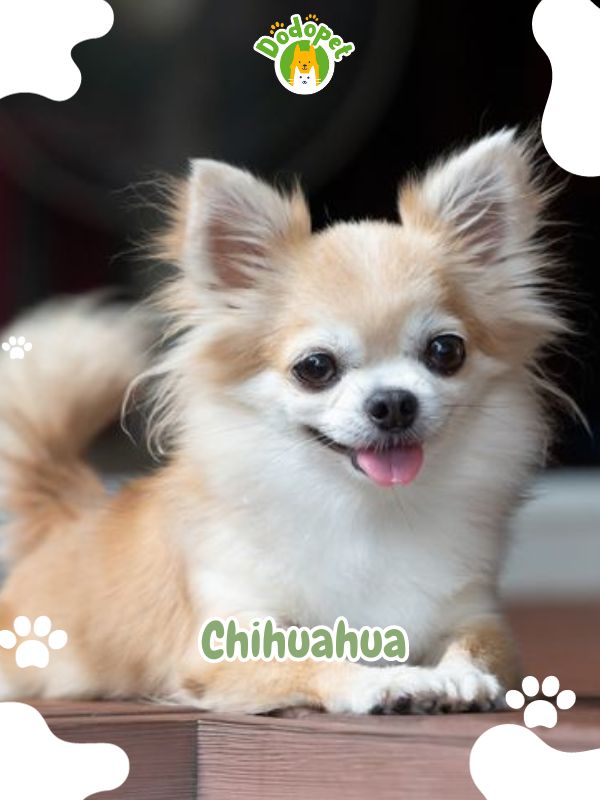
Chihuahua
Temperament and Confidence
Chihuahuas are characterized by their confidence, intelligence, and boldness. Despite their small stature, they often exhibit a larger-than-life personality. Known for their loyalty to their owners, Chihuahuas can form strong bonds and become fiercely protective. Proper socialization and positive training contribute to harnessing their spirited nature positively.
Historical Roles and Characteristics
Originating from Mexico, Chihuahuas have a rich history as companions to royalty and as cherished pets. Their distinct appearance and lively demeanor make them stand out. While they may be small in size, their historical roles as loving companions highlight their importance in various cultures.
Misconceptions and Stereotypes
Misconceptions about Chihuahuas often stem from stereotypes portraying them as yappy or overly aggressive. While they may be vocal in expressing themselves, responsible ownership and early socialization play crucial roles in shaping a well-mannered and confident Chihuahua. Not all individuals within the breed exhibit the same behavior, emphasizing the need to understand each dog as an individual.
Individual Factors and Responsible Ownership
Acknowledging that a dog’s behavior is influenced by individual temperament, upbringing, and socialization is crucial when considering Chihuahuas. Responsible ownership practices, including positive reinforcement training, early exposure to various environments, and providing appropriate mental stimulation, contribute to nurturing a well-adjusted and happy Chihuahua.
9. Jack Russell Terrier
The Jack Russell Terrier, a small yet mighty breed often misinterpreted as one of the most aggressive dog breeds, is known for its boundless energy, intelligence, and spirited personality. Despite its endearing qualities, misconceptions about Jack Russells persist. Understanding the true nature of this breed, and clearing it from the list of most aggressive dog breeds, is crucial for fostering appreciation and dispelling unfounded beliefs.

Jack Russell Terrier
Temperament and Energy
Jack Russell Terriers are characterized by their high energy levels, intelligence, and enthusiasm for life. Although they’re high-energy and spirited, these traits shouldn’t saddle them with a reputation as most aggressive dog breeds. They are often described as lively, alert, and tenacious. Their spirited nature makes them excellent companions for active individuals or families. Regular exercise, mental stimulation, and positive training contribute to harnessing their energy positively.
Historical Roles and Characteristics
Originally bred for hunting, Jack Russells have a history as skilled and determined working dogs. They are certainly not among the most aggressive dog breeds but have natural instincts and energetic dispositions. Their small size, agility, and intelligence made them adept at pursuing quarry underground. Understanding their historical roles sheds light on these dog breed characteristics.
Misconceptions and Stereotypes
Misconceptions about Jack Russells may arise from stereotypes relating them to the most aggressive dog breeds. While they thrive on activity, responsible ownership and consistent training can shape a well-behaved and adaptable Jack Russell Terrier. Recognizing individual differences within the breed challenges these broad stereotypes as most aggressive dog breeds.
Individual Factors and Responsible Ownership
Acknowledging that a dog’s behavior is influenced by individual temperament, upbringing, and socialization is crucial when considering Jack Russells. Responsible ownership practices, including early training, social exposure, and providing outlets for their energy, contribute to nurturing a well-adjusted and happy Jack Russell Terrier. These practices further emphasize the importance of differentiating them from the most aggressive dog breeds.
10. Dachshund
The Jack Russell Terrier, a small yet mighty breed often misinterpreted as one of the most aggressive dog breeds, is known for its boundless energy, intelligence, and spirited personality. Despite its endearing qualities, misconceptions about Jack Russells persist. Understanding the true nature of this breed, and clearing it from the list of most aggressive dog breeds, is crucial for fostering appreciation and dispelling unfounded beliefs.
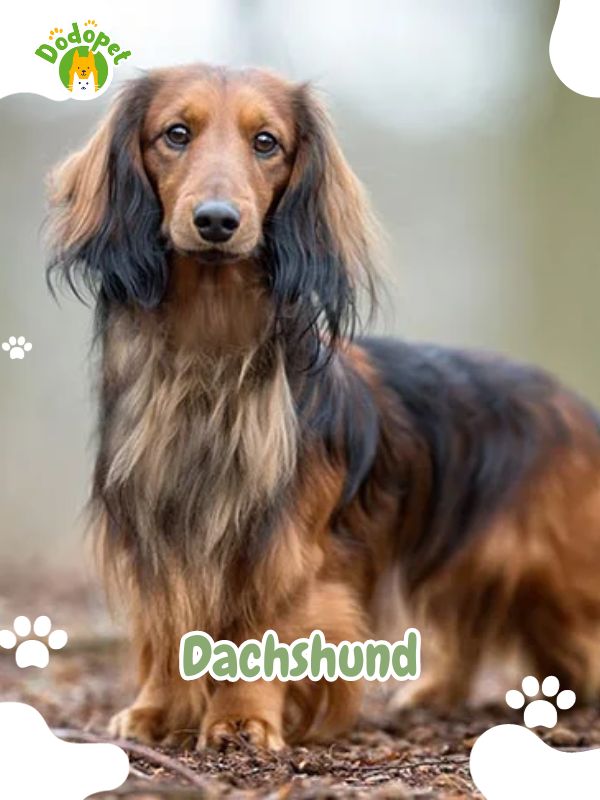
Dachshund
Temperament and Energy
Jack Russell Terriers are characterized by their high energy levels, intelligence, and enthusiasm for life. Although they’re high-energy and spirited, these traits shouldn’t saddle them with a reputation as most aggressive dog breeds. They are often described as lively, alert, and tenacious. Their spirited nature makes them excellent companions for active individuals or families. Regular exercise, mental stimulation, and positive training contribute to harnessing their energy positively.
Historical Roles and Characteristics
Originally bred for hunting, Jack Russells have a history as skilled and determined working dogs. They are certainly not among the most aggressive dog breeds but have natural instincts and energetic dispositions. Their small size, agility, and intelligence made them adept at pursuing quarry underground. Understanding their historical roles sheds light on these dog breed characteristics.
Misconceptions and Stereotypes
Misconceptions about Jack Russells may arise from stereotypes relating them to the most aggressive dog breeds. While they thrive on activity, responsible ownership and consistent training can shape a well-behaved and adaptable Jack Russell Terrier. Recognizing individual differences within the breed challenges these broad stereotypes as most aggressive dog breeds.
Individual Factors and Responsible Ownership
Acknowledging that a dog’s behavior is influenced by individual temperament, upbringing, and socialization is crucial when considering Jack Russells. Responsible ownership practices, including early training, social exposure, and providing outlets for their energy, contribute to nurturing a well-adjusted and happy Jack Russell Terrier. These practices further emphasize the importance of differentiating them from the most aggressive dog breeds.
Conclusion
Owning an aggressive dog breed comes with both risks and rewards. While these breeds may have a higher potential for aggression, with proper training, socialization, and responsible ownership, they can also make loyal and loving companions. It is important for potential owners to thoroughly research and understand the specific needs and characteristics of each breed before making a decision. By being aware of the risks and rewards associated with owning an aggressive dog breed, potential owners can make an informed choice that aligns with their lifestyle and capabilities.

